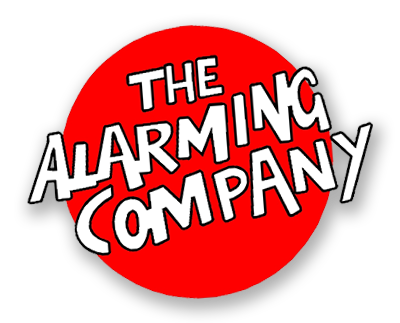Fire detection and alarm systems
Having an effective and well-maintained fire detection system is essential for all businesses and organisations. As a business or property owner, you are responsible for ensuring that your premises meet the required legal standards for fire safety. This includes having a system that falls intothe correct fire alarm category and that it is kept in working order.
As one of the South Coast’s leading fire system companies, we can design, install and support a system that is tailored to your premises and operations. We can help ensure that you remain legally compliant, and that your people, property and operations are adequately protected.
Selecting the right level of protection
As defined by BS5839, the British standard for fire detection and alarm systems, there are eight individual categories for systems. A professionally produced Fire Risk Assessment will provide guidance on the right level for your organisation, based on your type of premises, your operations, and what risks are present.
Manual Fire Alarms
M - Manual Alarm
Basic protection that relies on the building’s occupants to raise the alarm. Low cost, but relies on people being present, so potentially unsuitable if the facility is not highly populated
Automatic Fire Alarms
Systems aimed at protecting life
L4 - Modest Life Protection
Detectors placed along escape routes e.g. corridors and stairwells.
Used in low-risk environments where everyone can escape quickly, i.e. single-storey premises.
L3 - Standard Life Protection
Detectors placed along escape routes and rooms that open onto an escape route.
Commonly used in low-risk premises such as multiple-floor offices.
L2 - Additional Life Protection
Detectors placed along escape routes, rooms that open onto an escape route and higher risk rooms such as kitchens and machinery.
Used in higher risk premises such as factories and medium sized accommodation blocks.
L1 - Maximum Life Protection
Features detectors in all parts of a building where a fire could start, including store rooms and roof voids.
Used to give occupants the earliest possible warning, such as in hotels and care homes.
L5 - Localised Life Protection
Installed in specific locations where there is a specific or heightened fire risk due to operations or material stored there.
Used in conjunction with one of the other categories
Systems aimed at protecting property
P2 - Minimum Property Protection
Detectors installed in high risk areas only. Lower cost, but fires occurring in other areas are unlikely to trigger the alarm until well-established.
P1 - Maximum Property Protection
Designed to detect fires before they cause significant damage. Detectors are installed in all areas, with additional safety measures in business critical locations e.g. server rooms.

Get in touch today
If you think that your organisation could benefit from a fire detection system from The Alarming Company, contact us today to arrange a free, no obligation survey. Call us on 01329 314444 or click the buttons below.








